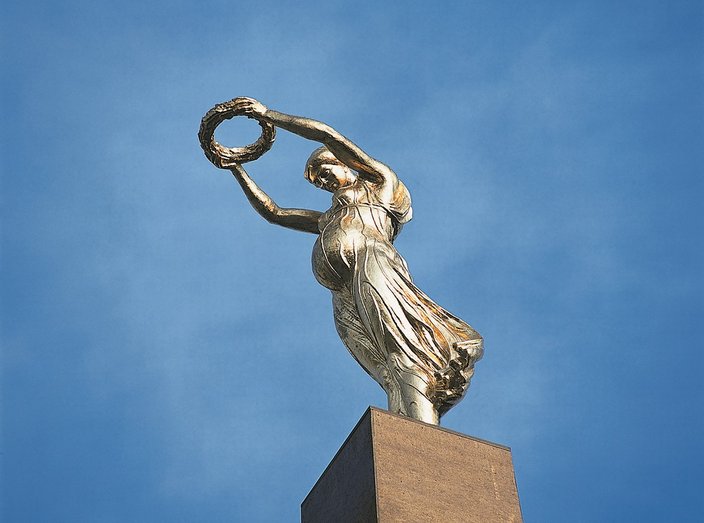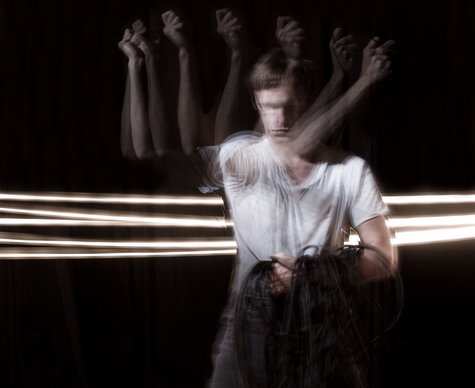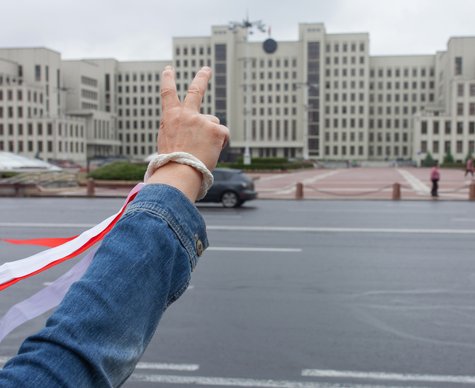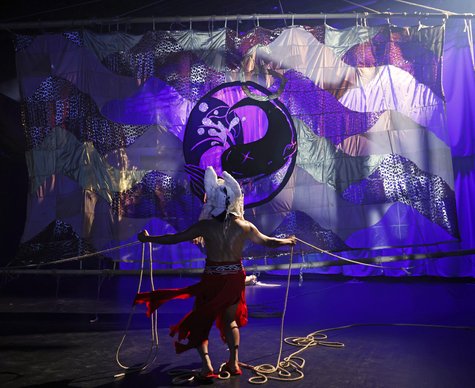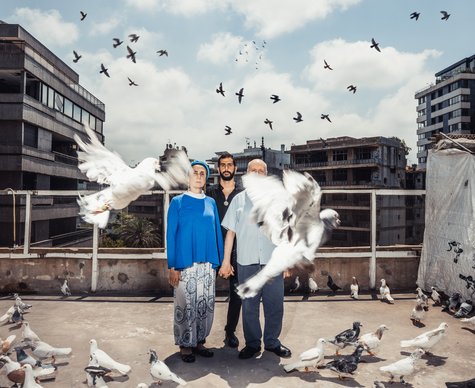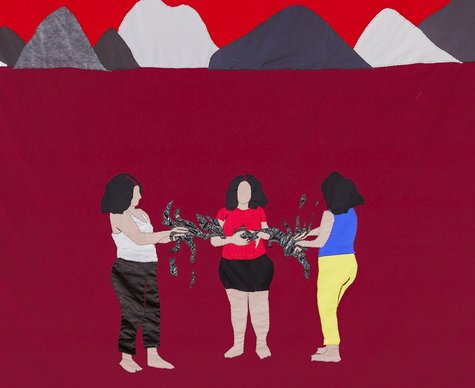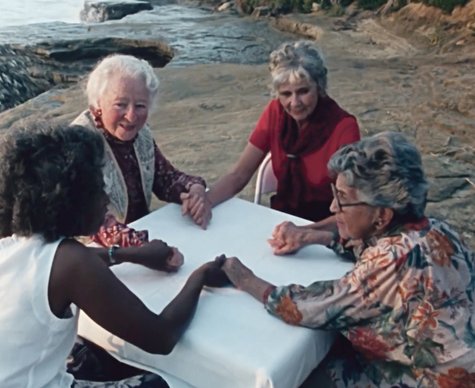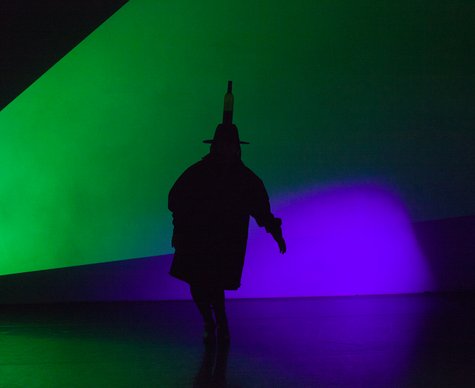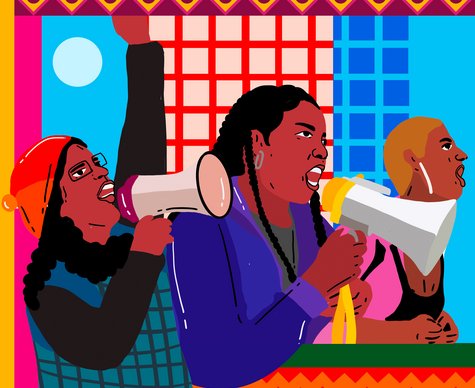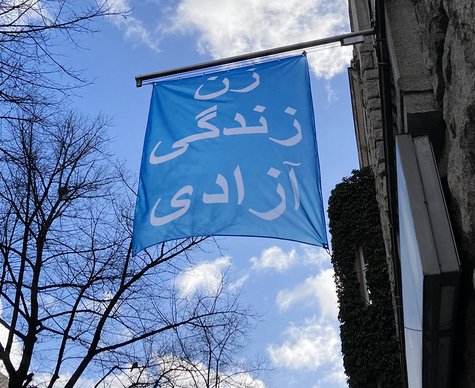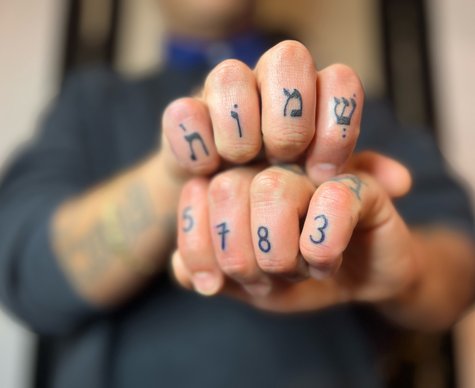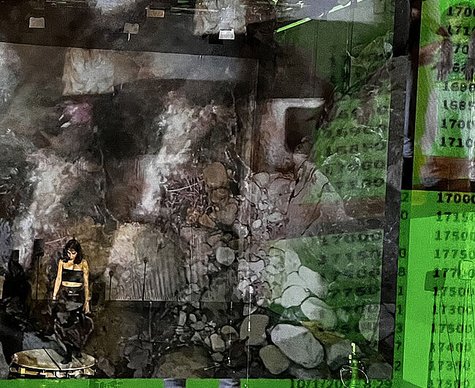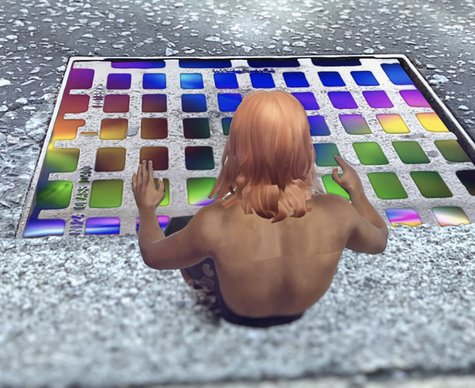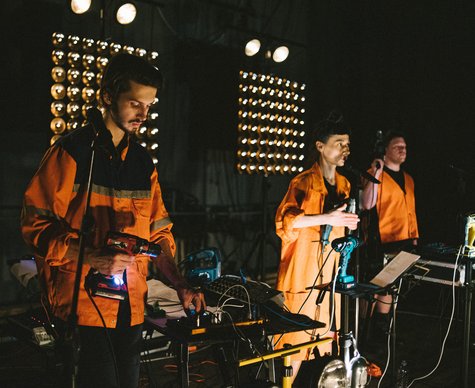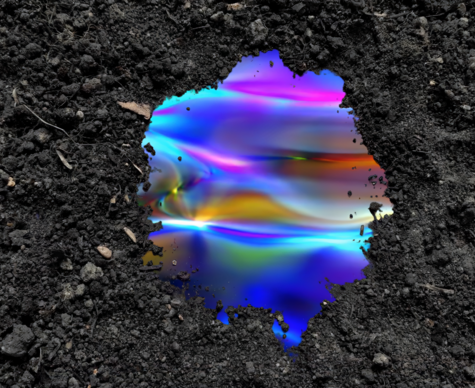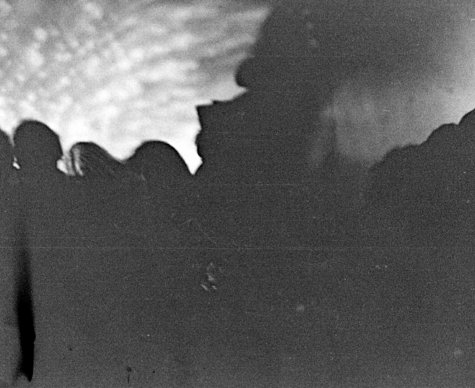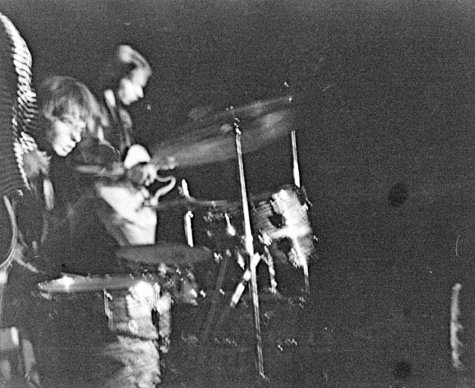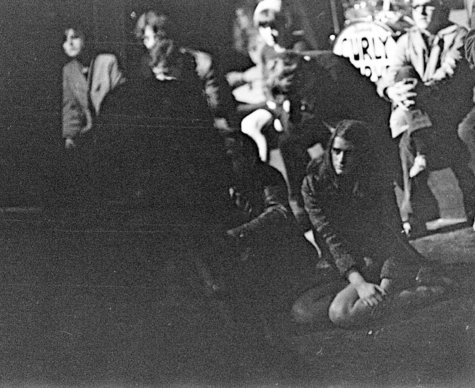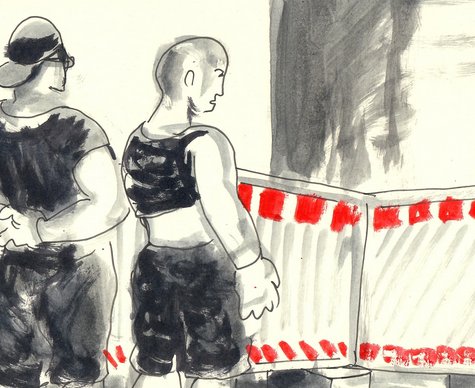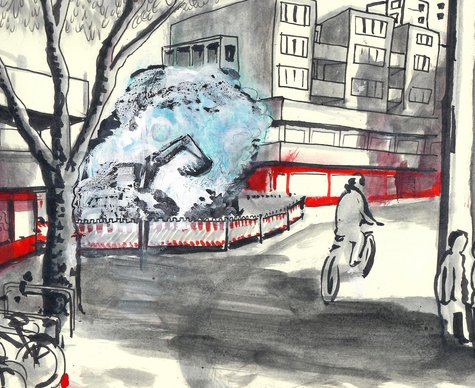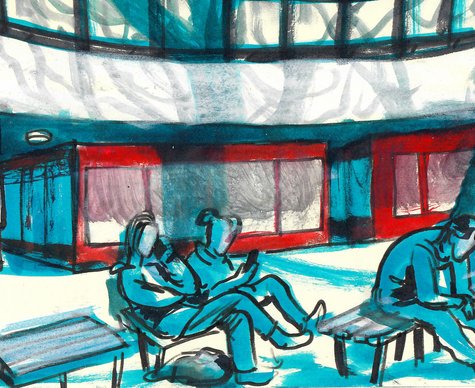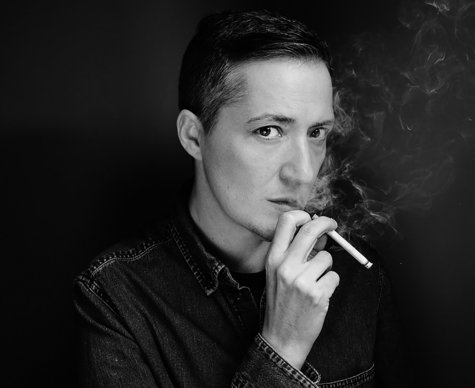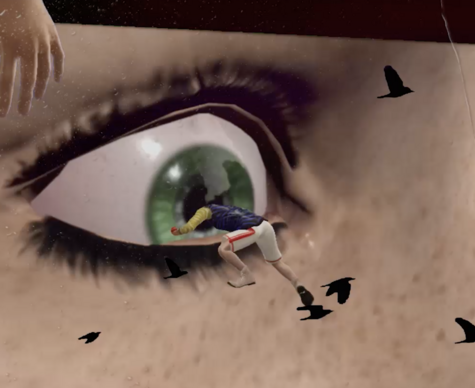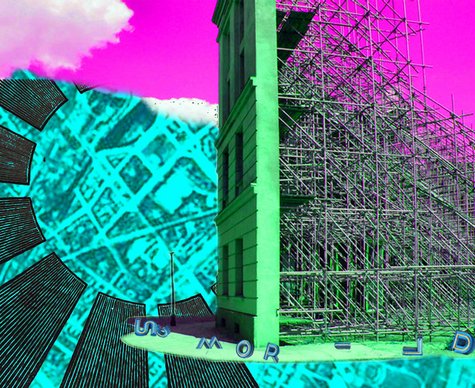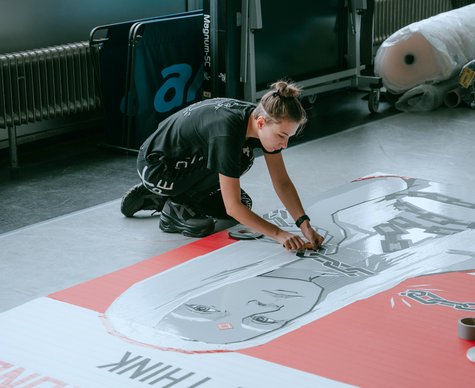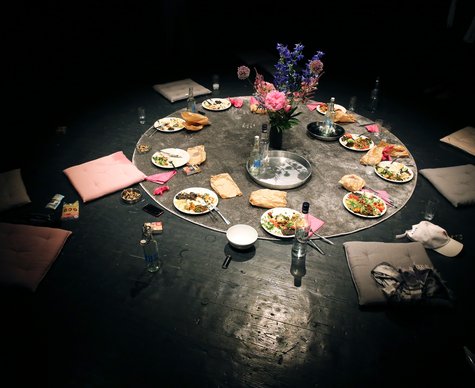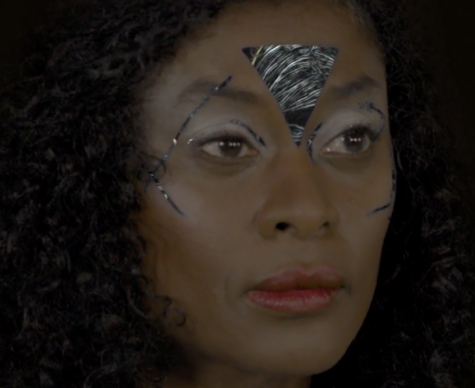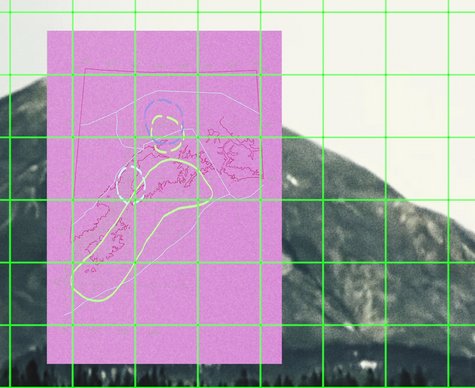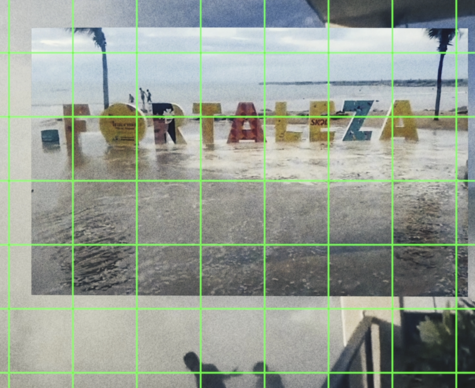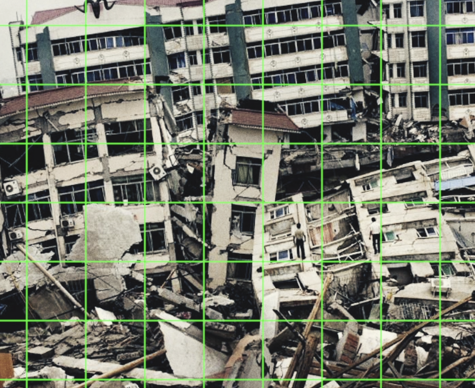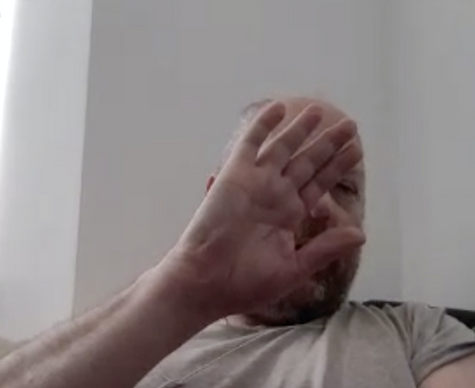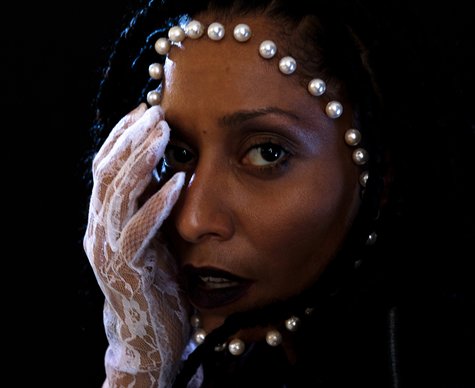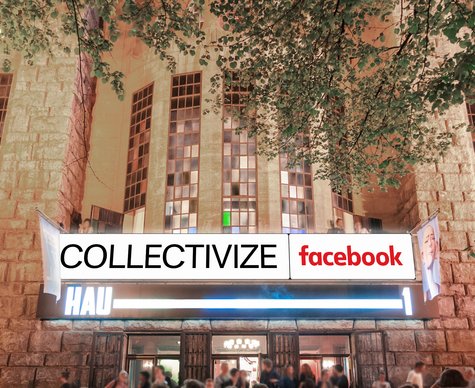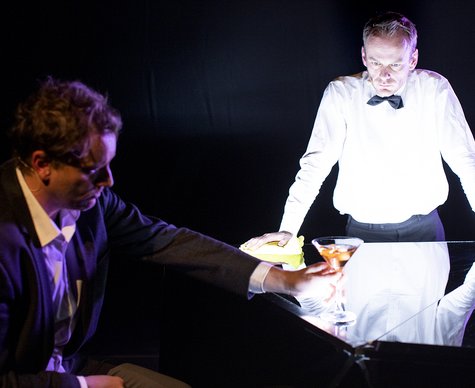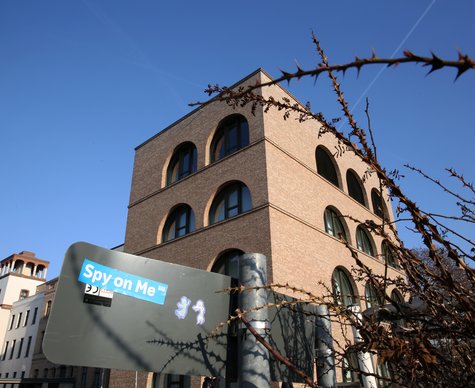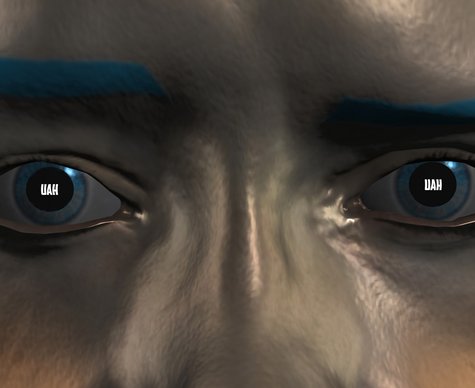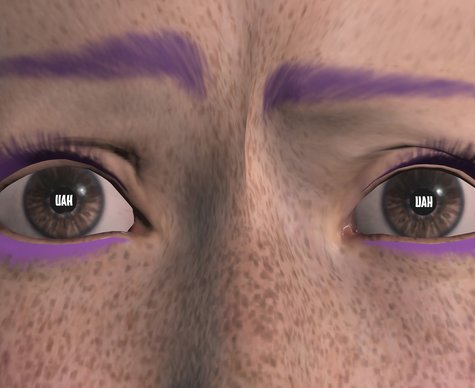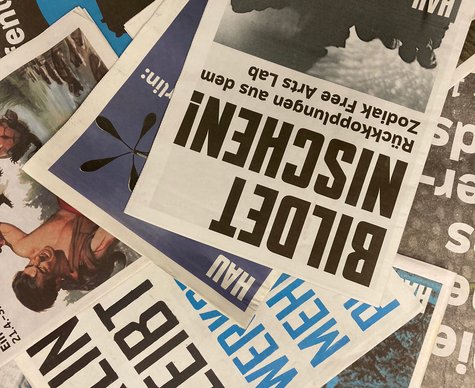Artist: Sanja Iveković / Curated by : Antonia Majaca
Presented by DAAD Artists-in-Berlin Program
Memorial For(u)ms – Histories of Possibility
A Symposium with: Mikkel Bolt Rasmussen, Boris Buden, Jodi Dean, Ekaterina Degot, Andrew Herscher, Ralf Hoffrogge, Sanja Iveković, Sami Khatib, Gal Kirn, Susanne Leeb, Antonia Majaca, Bojana Pejić, Gerald Raunig, Branimir Stojanović, Thomas Thiele, Milica Tomić, Jelena Vesić, Siegbert Wolf, and Ross Wolfe.
- Dialogue
“Memorial For(u)ms – Histories of Possibility”, curated by Antonia Majaca, runs parallel to the exhibition “Ich war, ich bin, ich werde sein!“ by Sanja Iveković at the daadgalerie.
daadgalerie.de
Sanja Iveković’s proposal to re-create the “Monument to Revolution” – a memorial from 1926 dedicated to Rosa Luxemburg, Karl Liebknecht, and the revolutionaries of the January 1919 uprising, is the departure point for the two-day conference titled “Memorial For(u)ms – Histories of Possibility.”
Commissioned by the German Communist Party in memory of the victims of the January Uprisings in 1919, the monument was designed by Ludwig Mies van der Rohe, built in 1926, and destroyed by the Nazis nine years later. Measuring 15 meters long, 6 meters high, and 4 meter wide, the radically modernist red brick structure had a flagpole with a large steel star bearing a hammer and sickle and was located at the edge of the Friedrichsfelde Cemetery in Berlin’s Lichtenberg district, where Liebknecht and Luxemburg were buried. Ever since its erection and long after its destruction, the memorial and gravesite have served as a major location for public rallies and processions of the different Left political formations throughout Berlin’s history.
In 2014, Sanja Iveković proposed reconstructing the monument as a public art project for the Danish city of Aalborg. Her proposal “Monument to Revolution (after Mies)” (2014) borrows its form and symbolic order from Mies van der Rohe’s monument, while it also privileges collaboration and participation, aiming to reflect these values through its process-based method of construction. The monument’s construction was envisioned as a long term, collaborative process of connecting diverse international anti-fascist and anti-capitalist initiatives, groups, and individuals in gathering the building material in an open-ended process.
The daadgalerie is currently presenting Iveković’ monument proposal within an exhibition of new works titled “Ich war, ich bin, ich werde sein!” (“I was, I am, I shall be!”). The exhibition takes its name from the last sentence of Luxemburg’s last published text before she and Karl Liebknecht were arrested and murdered: “’Order prevails in Berlin!’” You foolish lackeys! Your ‘order’ is built on sand. Tomorrow the revolution will ‘rise up again, clashing its weapons,’ and to your horror it will proclaim with trumpets blazing: I was, I am, I shall be!’” The proposal for the construction of the monument, as well as a timeline documenting its existence, destruction, and the previous attempts of reconstructing it, are presented alongside some of the reflections, research, and documents that continue to shape the project. Like much of her work, especially her projects created for public spaces, Iveković’s concept for the construction of the Monument to Revolution functions on several levels: rather than being envisioned as simply an architectural project, it is meant to catalyze a debate on the construction and deconstruction of public memory as such.
The accompanying symposium “Memorial For(u)ms – Histories of Possibility” examines whether any aesthetic forms can be attached to an (unrealized) revolution and considers what values a monument reconstructed in the present-day might stand for. If commemoration itself should be understood as a procedure of depolitization, always necessarily orchestrated by the political force that comes to power after blood has been spilled in the revolution, then what kind of discursive and aesthetic form can be attached to a (failed/unfinished) revolution, if any? What would a reconstruction of the “Monument to Revolution” stand for today? The two-day conference was conceived as an open forum that would not necessarily celebrate the idea of the reconstruction of the monument, nor discuss Sanja Ivekovic’s project per se. Rather, it is intended to develop as a response to the proposal, and a space for critically assessing the troubled relation between the notions of “revolution” and “commemoration.” Through the voices of artists, historians, historians of architecture and art, as well as political and cultural theorists and psychoanalysts, the very notion of the “monument to revolution” will be called into question: is it a contradiction in terms or, indeed, a revolutionary matter?
Recognizing the multiplicity of interdependencies in the formation of political memory, the conference encourages the formation of a space in which diverse actants – people and things, objects and subjects – start to speak and acquire the capacity to productively both encourage and challenge each other. Moreover, it proposes to understand such a forum of memorial recompositioning as a monument itself, or as a continuously expanding base for the impossible monument.
The first session, The German Uprisings and The Monument to Revolution, contextualizes the event within the concrete historical circumstances of the workers uprisings in Germany during 1918-1919. Today, these events are reluctantly, if at all, referred to as revolution. This is not surprising considering the lack of consensus on whether what took place could be called a revolution at all. If we agree to classify these events as a revolution, the uneasiness of addressing it this way remains because of the tragic way it failed and its devastating long-term consequences. This led to the Weimar Republic – the ill-fated attempt at bourgeois parliamentary democracy that enabled the rise of the far right and, consequently, resulted in the National Socialist seizure of power in 1933. It is hard to resist asking how the twentieth century would have turned out if the German revolution had been successful and if the Socialist Republic had been established.
The second session takes its title from Rosa Luxemburg’s famous question “Reform or Revolution?” and brings it into the arena of memorial politics and politics of memory. It examines Rosa Luxemburg’s current position in the narrative of leftist political memory. Furthermore, it questions the actual potential of politics of memory, from considering iconoclasm to the complete dismissal of memory as a political force. Echoing the new extra-parliamentary and grass-root Left-wing political configurations today, as well as an upsurge of the movement parties of the new left, which parallel the dramatic rise of fascism and far-right formations worldwide, we might end up asking what kind of visual language and critical thought should be employed to address the memory politics and iconographies that emerge or re-emerge with these political and social formations.
The third session, Re-Politization Of Memory: With or Without the Material Remainder? addresses the convergences of revolutionary political action and memorial aesthetics throughout the twentieth century. What is the relationship between modernist abstraction and utopian communism? Is there a proper “form” for a communist revolution? What could be the nature of an aesthetic and political intervention that can confront the memorial hegemony? This session will explore the methodology of the intervention into dominant memorial politics through the works of Sanja Ivekovic and the work of the Monument Group. The discussion will partly take place against a backdrop of the debate on the monuments of Yugoslav abstract modernism and their intentional destruction through the violent nationalist wars of the 1990s as well as their transformation into aesthetically-captivating modern ruins popularly dubbed the “communist ghosts from the future.” If the repressed past returns, what shape will it take?
In the fourth session, Precarity and Insurrectionary Memory, we shift to the relationship between revolutionary Left- wing politics and memorial form from the experience of recomposed precarity to pose the question: what happens with political memory in light of the transformation from the Fordist factory – often built out of bricks (as was the original “Monument to Revolution”) and producing bricks – to forms of post-Fordist cognitive and affective labor? Does the memory of past revolutions during the twentieth century, both failed and successful, have any political potential regarding issues such as the rapid transformation of the working class, increasing unemployment rates and the rising work precarity ? If the space of the factory has been replaced by the cognitive labor and accelerated automation, shouldn’t the class struggle also take an entirely different form? If we are all unpaid laborers in the desert of endless computation, and if our laboring minds are spread across a limitless digital arena exploited by the new configurations of state-corporate powers, then how can insurrectionary memory collectivize and (re)assemble itself?
Event schedule Friday, July 3, 2015
Introduction
16:00 – 16:30
Ariane Beyn/ Bettina Klein: Welcome
Sanja Iveković: Monument as Public Happiness
Antonia Majaca: By Way of Introduction: Monument To Revolution – A Revolutionary Matter, An Object That Speaks, or a Contradiction in Terms?
I) The German Uprising and the Monument to Revolution
16:30 – 19:00
Thomas Thiele: Destruction and after-effects: The “Monument to Revolution” by Mies van der Rohe in the Friedrichsfelde Cemetery (German with English translation)
Ross Wolfe: The Less said, the Better: Modern Architecture between Revolution and Reaction (Online participation)
Siegbert Wolf: Anarchism and Revolution – Gustav Landauer in Munich 1918/19
Ralf Hoffrogge: Revolution from Below: The Revolutionary Shop Stewards 1916-1918
Plenary, moderated by Gal Kirn
– 30 minute break –
II) Reform or Revolution?
19:30 – 21:00
Jodi Dean: Rosa Luxemburg - Symptom or Fetish?
Boris Buden: Communism Is What Memory Cannot Retrieve
Branimir Stojanović: Reform or Revolution? Yes, Please. (Serbian with English Translation)
Plenary, moderated by Ekaterina Degot
Saturday, July 4, 2015
III) Re-Politization Of Memory: With or Without a Material Remainder?
16:00 – 18:30
Bojana Pejić: Waiting for a Monument (to Revolution). Sanja Iveković at Work: Spatializing Collective Amnesia by Feminist Skepticism
Andrew Hersher: From the Politics of Memory to the Memory of Politics: The Socialist Monument In and After Yugoslavia (Online Participation)
Milica Tomić: How to Remember a Monument That Does not Exist and No Longer Participates in the Circulation of Representation?
Sami Khatib: Wo Es war, werde Ich gewesen sein - Marx, Benjamin, and the "Tradition of the Oppressed"
Plenary, moderated by Susanne Leeb
– 30 minute break –
IV) Precarity and Insurrectionary Memory
19:00 – 21:00
Mikkel Bolt Rasmussen: Repeating the Past as Insurrectional Memory and Break
Jelena Vesić: Gathering The Splinters Of Emancipatory Politics: Spatialization(s) of Revolution or a Monument to the Monument
Gerald Raunig: A Dividual Line Into the Past
Plenary, moderated by Antonia Majaca
Image: Sanja Iveković, "Lady of Rosa Luxemburg", installation view (detail), Luxemburg, 2001. (Photo: Christian Mosar)
Production: DAAD Artists-in-Berlin Program in collaboration with HAU Hebbel am Ufer.
Cast
Dates
Location
HAU1
Stresemannstr. 29, 10963 BerlinThere are two marked parking spots in front of the building. Access to the Parkett by means of a separate entrance with lift when necessary. Barrier-free restroom facilities are available.
